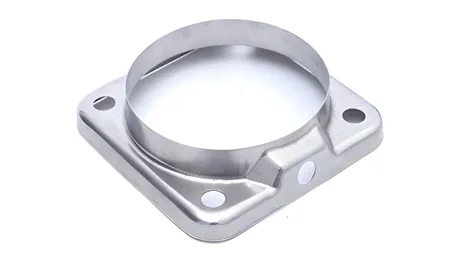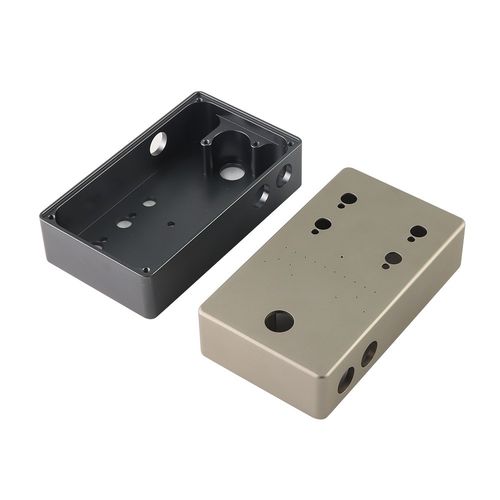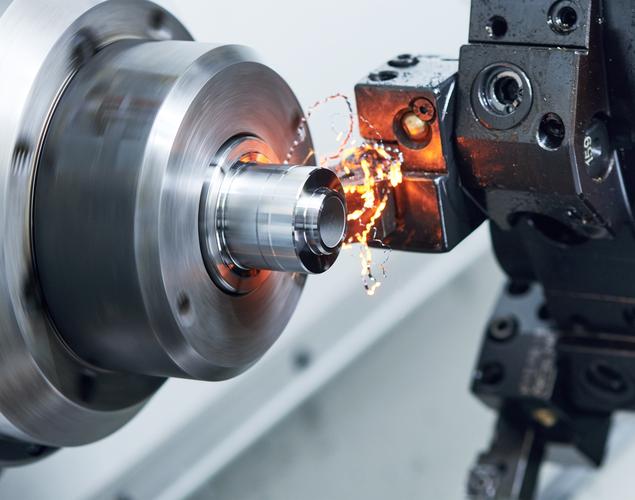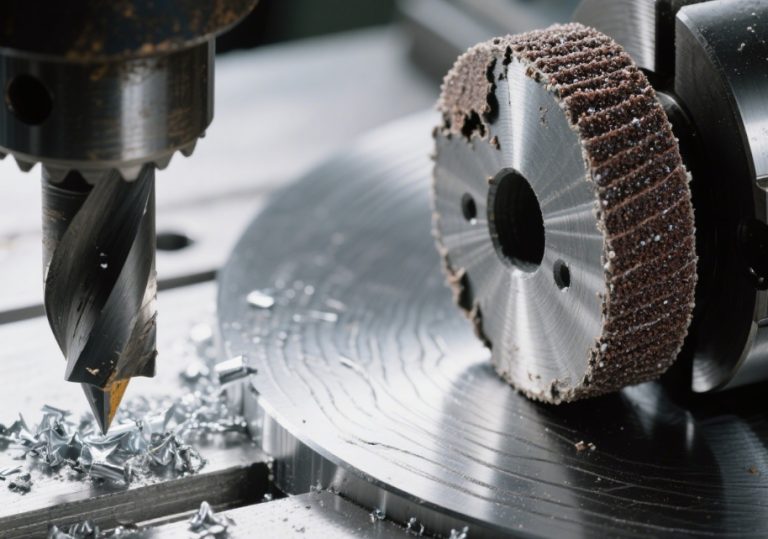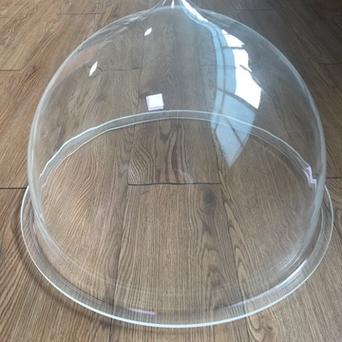The “best” material for metal stamping depends on application needs, but low-carbon steel (mild steel) is widely favored for its balance of formability, strength, cost, and versatility. It handles bending, drawing, and punching easily, suits high-volume production, and works across industries like automotive and construction. Other top choices include aluminum for lightweight parts and stainless steel for corrosion resistance, each excelling in specific use cases.
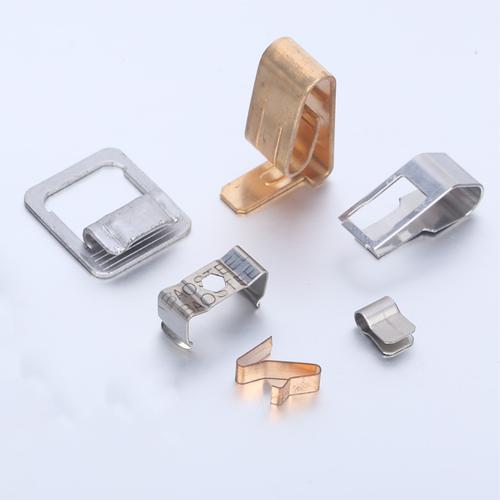
Detailed Analysis of the Best Materials for Metal Stamping
1. Low-Carbon Steel (Mild Steel): The Versatile Workhorse
Low-carbon steel (e.g., A36, 1018) is the most popular stamping material, prized for its optimal combination of properties:
-
Formability: With carbon content <0.3%, it offers high ductility (elongation 20–30%) and low yield strength (200–350 MPa), making it easy to bend, draw, and punch without cracking. This allows complex shapes like automotive body panels with tight radii (1× material thickness) or deep-drawn enclosures.
-
Strength & Durability: Provides sufficient tensile strength (370–500 MPa) for structural parts like brackets, frames, and hardware. It withstands moderate loads, making it ideal for everyday components.
-
Cost-Effectiveness: Abundant and low-cost (≈$0.50–$1.50/kg), it minimizes material expenses, critical for high-volume production (e.g., 10,000+ automotive parts).
-
Process Compatibility: Works with all stamping operations—blanking, piercing, bending, and drawing. Its uniform microstructure ensures consistent results in progressive dies, reducing defect rates.
-
Applications: Automotive body panels, construction brackets, electrical enclosures, and hardware (nuts, bolts, washers).
2. Aluminum Alloys: Lightweight and Formable
Aluminum alloys (e.g., 3003, 5052, 6061) excel in weight-sensitive applications, offering a unique blend of properties:
-
Lightweight: Density (2.7 g/cm³) is 1/3 that of steel, reducing part weight for fuel efficiency (automotive) or portability (consumer goods).
-
Formability: Non-heat-treatable alloys like 3003 (elongation 20–25%) are highly formable, suitable for complex bends and shallow drawing. Heat-treatable alloys like 6061 (elongation 12–17%) balance formability with post-stamp strength via aging.
-
Corrosion Resistance: Naturally forms a protective oxide layer, eliminating the need for additional coatings in dry environments. Alloys like 5052 (with magnesium) offer enhanced resistance for outdoor parts.
-
Electrical & Thermal Conductivity: Superior to steel, making it ideal for heat sinks, electrical contacts, and battery components.
-
Limitations: Lower strength than steel (tensile strength 110–310 MPa for non-heat-treatable alloys) and higher cost (≈$2–$4/kg). Thicker aluminum (>3mm) may wrinkle during deep drawing, requiring careful die design.
-
Applications: Automotive trim, aerospace brackets, heat sinks, beverage cans, and consumer electronics enclosures.
3. Stainless Steel: Corrosion Resistance Champion
Stainless steel (e.g., 304, 316, 430) is indispensable for parts needing corrosion resistance, with chromium content (≥10.5%) forming a passive oxide layer:
-
Corrosion Resistance: 304 stainless steel resists rust in moist environments (kitchen appliances, marine hardware), while 316 (with molybdenum) withstands saltwater and chemicals (chemical processing equipment).
-
Strength & Durability: Tensile strength (500–700 MPa) exceeds mild steel, with good fatigue resistance for high-cycle parts like valves or fasteners.
-
Aesthetics: Polished finishes (Ra <0.8μm) offer a sleek, modern look for decorative parts (appliance trim, architectural hardware).
-
Formability Considerations: Austenitic grades (304, 316) have moderate ductility (elongation 40–50%) but higher work hardening rates, requiring slower press speeds and lubrication to avoid galling (material transfer to dies). Ferritic grades (430) are less formable but lower cost.
-
Cost: Higher than steel or aluminum (≈$3–$8/kg), but justified for corrosion-critical applications.
-
Applications: Food processing equipment, marine hardware, medical instruments, and outdoor architectural components.
4. High-Strength Low-Alloy (HSLA) Steel: Strength for Structural Parts
HSLA steel (e.g., HSLA-350, DP600) combines strength and formability for load-bearing components:
-
High Strength: Tensile strength (400–800 MPa) and yield strength (350–600 MPa) exceed mild steel, enabling lighter, stronger parts (e.g., automotive chassis brackets).
-
Formability: Advanced alloys (dual-phase, TRIP) retain ductility (elongation 15–25%) despite high strength, allowing complex bends and crash-absorbing geometries.
-
Weight Reduction: Higher strength permits thinner gauges (e.g., 1mm vs. 1.5mm mild steel), reducing weight without sacrificing performance.
-
Challenges: Requires higher press tonnage (20–50% more than mild steel) and wear-resistant dies (coated tool steel) to prevent premature tool failure. Springback is more pronounced, needing over-bending or heat treatment.
-
Applications: Automotive safety components (crash beams, door intrusion bars), structural brackets, and heavy machinery parts.
5. Copper & Brass: Conductivity and Aesthetics
Copper and brass (copper-zinc alloys) are valued for conductivity and appearance:
-
Electrical Conductivity: Copper (90–100% IACS) and brass (25–70% IACS) excel in electrical contacts, connectors, and terminals, ensuring low resistance.
-
Formability: Brass (e.g., C26000) offers high ductility (elongation 40–60%), suitable for intricate stamping (e.g., terminal pins with fine features <0.5mm).
-
Aesthetics: Polished brass provides a golden finish for decorative parts (hardware, musical instruments), while copper develops a patina for architectural accents.
-
Limitations: High cost (≈$8–$15/kg) and lower strength than steel, restricting use to low-load, high-conductivity applications.
-
Applications: Electrical connectors, terminals, plumbing fittings, and decorative hardware.
Material Selection Criteria for Stamping
Choosing the best material depends on balancing these factors:
- Function: Structural parts need strength (HSLA steel); lightweight parts favor aluminum; corrosive environments require stainless steel.
- Formability: Complex shapes demand high ductility (mild steel, brass); simple parts can use stronger, less formable materials (HSLA).
- Cost: High-volume, non-critical parts use mild steel; specialty applications (corrosion, conductivity) justify stainless steel or copper.
- Post-Processing: Weldability (mild steel), paint adhesion (aluminum), or plating compatibility (brass) may influence selection.
Industry-Specific Material Preferences
- Automotive: Mild steel (body panels), HSLA (chassis), aluminum (lightweight trim), and stainless steel (exhaust components).
- Electronics: Copper/brass (contacts), aluminum (heat sinks), and mild steel (enclosures).
- Construction: Mild steel (brackets), stainless steel (outdoor hardware), and HSLA (structural supports).
- Consumer Goods: Aluminum (appliance trim), brass (decorative hardware), and mild steel (tool components).
While low-carbon steel is the most versatile material for metal stamping, the “best” choice depends on application needs. Aluminum leads in lightweight design, stainless steel in corrosion resistance, HSLA in strength, and copper in conductivity. By aligning material properties with functional requirements, manufacturers optimize stamping performance, cost, and reliability.

